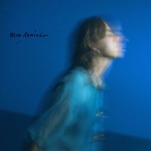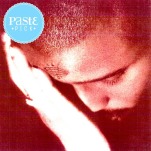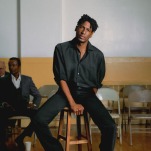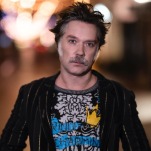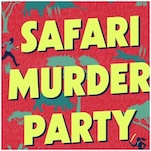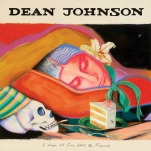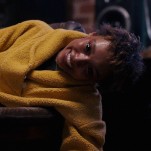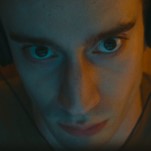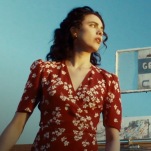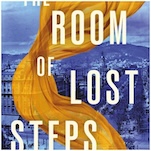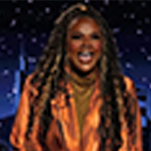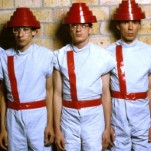The Fifty Best Living Directors
Photo via Getty Images, Kevin Winter1. Martin Scorsese
Born: 1942, Queens, N.Y.
Crowning Achievement: Raging Bull (1980)
He’s the name most likely dropped by aspiring film students as their role model, the Oscar-winning (finally!) American master crusading to save museum film programs and rescue deteriorating reels of rare classics, the burly-browed motormouth who spoofs himself in American Express commercials and inspired Rob Reiner’s loving caricature of him as rock documentarian Marty DiBergi in This Is Spinal Tap. And, yeah, he’s shot at least one movie—1980’s Raging Bull—that is damn near perfect.
As the art form of the 20th century radically transforms in the face of the new millennium and its emerging technologies, the asthmatic Catholic boy who once abandoned the seminary for the silver screen looks more and more like cinema’s greatest hero.
He’s one of the good fellas, an artist whose devotion to the medium flickers with the awestruck majesty of movies at their most epic, old-fashioned peak. He seems to have swallowed film history whole, from D.W. Griffith to Roberto Rossellini to Michael Powell to Elia Kazan to John Cassavetes. Biographers latch onto his sickly childhood spent hooked on WOR-TV’s Million Dollar Movie, and captivated by Howard Hawks’ Land of the Pharaohs. The young Marty may have been too fragile for the fisticuffs that were as natural as breathing in the Italian-American neighborhoods that nurtured him. But an obsessive self-schooling in swords, sandals and Cinemascope fired an ambition and imagination that would translate the elemental intensity of his immediate world into the visceral images, staccato verbal riffage and shattering emotional themes of his movies.
Coming of age in the 1960s and beginning his real career in the 1970s, Scorsese belonged to the generation of directors who would eventually have the same impact on American film that Jean-Luc Godard and Francois Truffaut had in Paris in the late 1950s, when they broke every imaginable rule of French cinema. Scorsese put his signature on New York stories: Mean Streets, Taxi Driver and Raging Bull—a trilogy so potent that people now probably forget he got a leg up with Roger Corman (Boxcar Bertha) and was a feminist-for-hire with Alice Doesn’t Live Here Anymore, which won Ellyn Burstyn an Oscar. New York, New York would indirectly do even more for the career of Frank Sinatra (who Scorsese is soon to consider on film, says the Internet Movie Database, with Leonardo DiCaprio as Ol’ Blue Eyes). The Last Waltz may be the most cherished concert documentary ever made, a farewell not only to The Band, but ostensibly to the 1960s as a whole (although he has since cirlced back, time and again).
-

-

-

-

-

-

-

-

-

-

-

-

-

-

-

-

-

-

-

-

-

-

-

-

-

-

-

-

-

-

-

-

-

-

-

-

-

-

-

-


